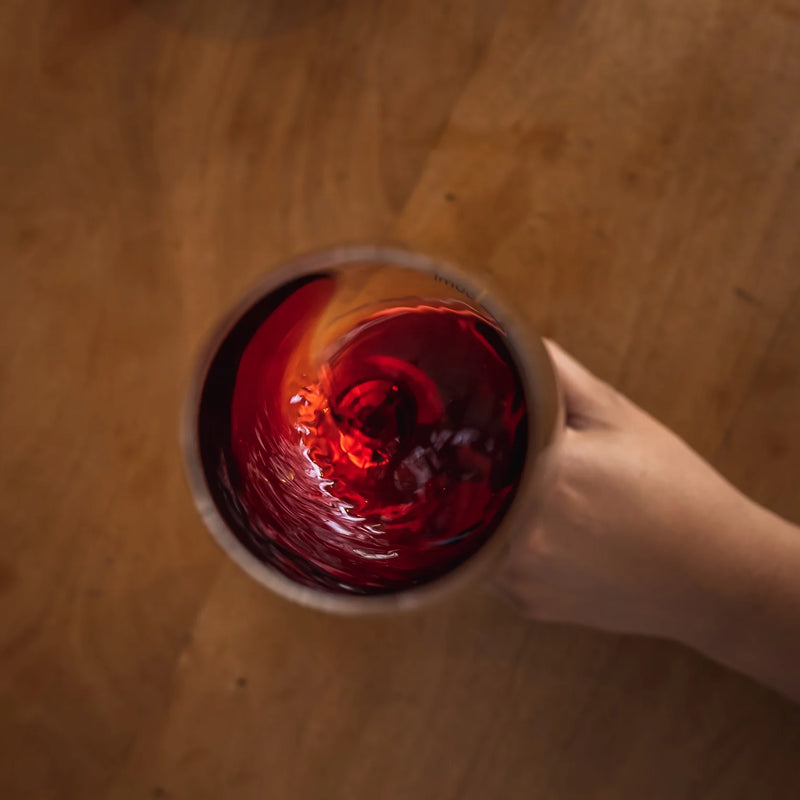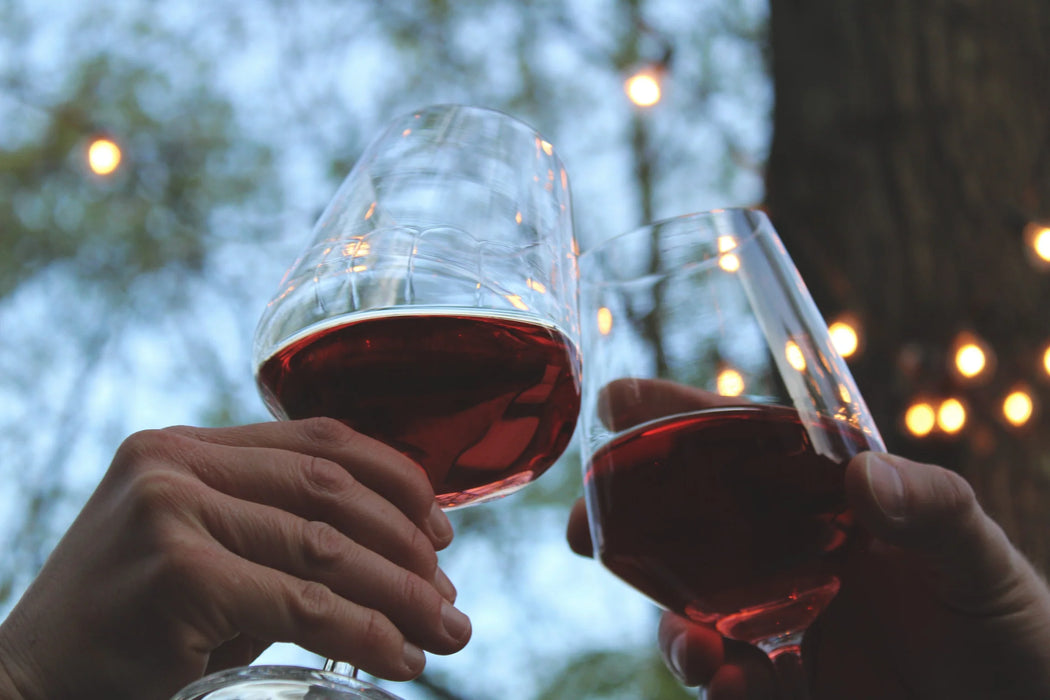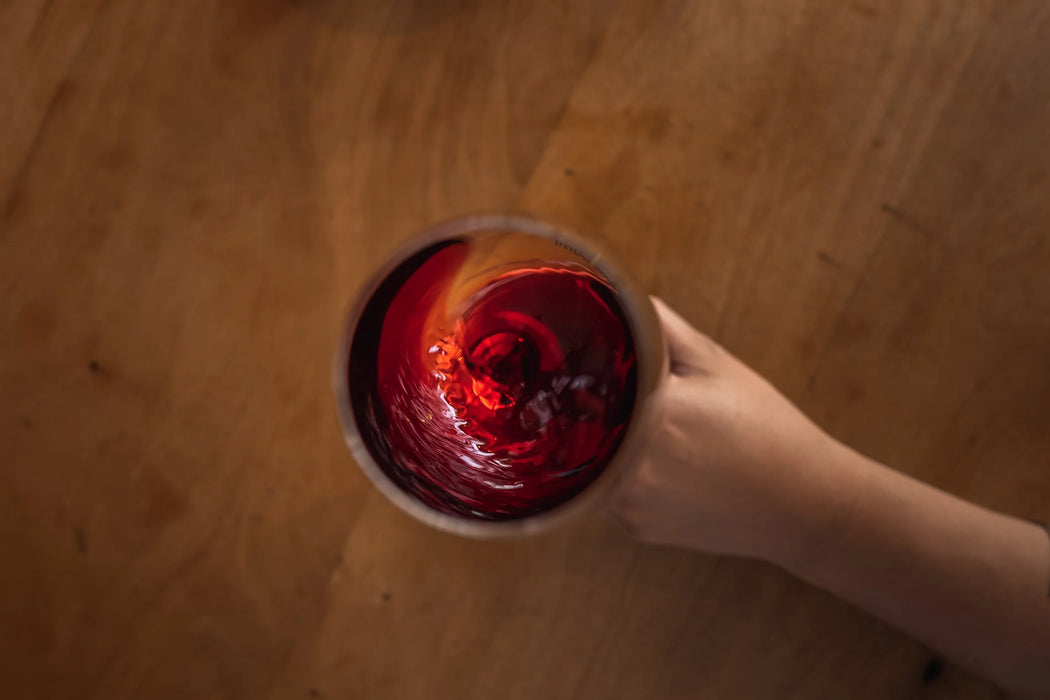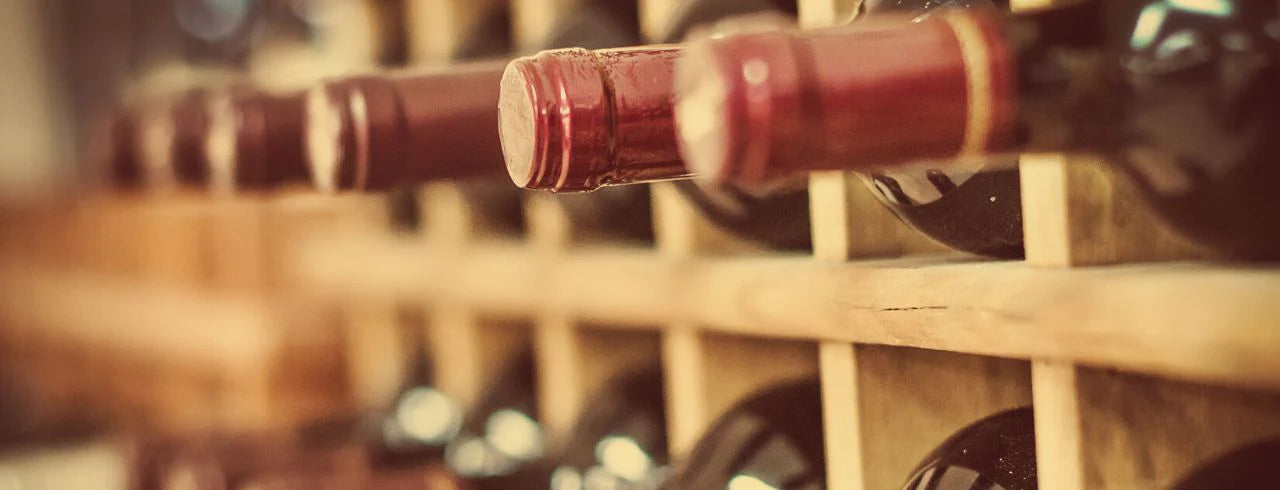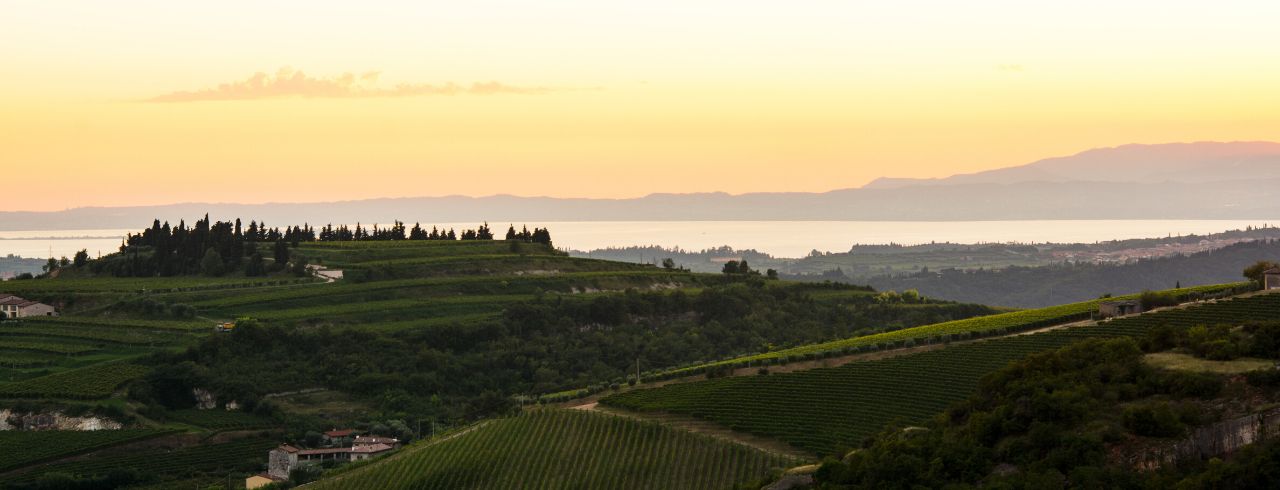
Valpolicella
Val-po-lee-chell-a
Parents & Origin: Corvina Veronese, Rondinella, Molinara, and/or Corvinone (Northern Italy) Grape: Small, spherical, dark purple skin Flavors: Sour cherry, cinnamon, chocolate, pepper, almond Notable Regions: Italy Sweetness: Dry Body: Medium Tannins: Low Acidity: High ABV: 11.5-13.5%
Shop Valpolicella Wine

The History of Valpolicella
Valpolicella is one of Italy’s most famous wine regions, located in the province of Verona in Northern Italy. Wine has been made here since the time of the ancient Greeks, though the term Valpolicella did not originate until the 12th century. In addition to its status as a viticultural area, a wine also known as Valpolicella is produced using the indigenous grapes of Corvina Veronese, Rondinella, Molinara, and/or Corvinone.
For most of the winemaking history in Valpolicella, sweet wines were the most prominent style of wine. This was due to the partial drying process present in the two other types of wine made in the region: Recioto (a sweet wine made from raisined grapes) and Amarone (similar to Recioto, but with full fermentation). However, especially post-World War II, winemakers have been producing standard Valpolicella wine made from undried grapes.
Shop Red WineThis type of standard Valpolicella wine gained DOC recognition in 1968, though it originally fell out of favor as the more traditional styles of Recioto and Amarone were preferred. True Valpolicella wine was made in increasing quantities, but it suffered from imperfect DOC regulations that mandated certain blending practices that were seen as negatively affecting the wine’s quality. In 2003, however, DOC regulations were adjusted to account for this, and in 2009, Amarone and Recioto were given the higher DOCG designation. Valpolicella is still a DOC wine, but with the blend perfected, it has seen renewed appreciation as a delicious and accessible red wine.
Interesting Fact: The winemaking history of Valpolicella is so prominent that even the area’s name comes from the craft. Valpolicella’s name is thought to be a mixture of ancient Latin and Greek, meaning “land of many cellars.”
Valpolicella Food Pairings
Due to its high acidity and medium body, Valpolicella pairs well with a wider variety of foods than most reds.
Shop Red WineThe Best Valpolicella Food Pairings
Valpolicella’s simple flavors go well with classic Italian dishes such as pizza and pasta, as well as poultry and some beef dishes. It is also one of the few reds that can complement seafood or salads due to the wine’s relatively light body and tannins.
Food Pairings to Avoid with Valpolicella
Like any red, Valpolicella is still not ideal for your lightest dishes and desserts. For heavy meat dishes such as steak, a heavier wine such as Amarone might be more suitable.
Shop Red WineValpolicella Tasting Notes

Varietal Valpolicella offers primary flavors of sour cherry, cinnamon, chocolate, pepper, and almond. On the nose, it offers aromas of cherries and herbs. Valpolicella wines usually have low tannins and high acidity, balanced by moderate alcohol content and body. Some Valpolicella wines exhibit aging potential, but aging is generally reserved for the older varieties of Amarone and Recioto. Standard Valpolicella is typically drunk within five years of harvest. Many compare the taste of Valpolicella to Beaujolais wine.
The Valpolicella DOC
Thanks to its status as a DOC wine under the Italian appellation system, Valpolicella wine has many stipulations that are required by law. Each wine must be made from 45 to 95% Corvina, which is the standard grape of the region, but up to 50% of this quota can be substituted with the related Corvinone. This is the source of the wine’s prominent cherry flavors. Additionally, Rondinella grapes must make up 5 to 30% of the blend, offering bright floral notes, with any additional grape such as Molinara being used sparingly. The resulting wine is bright, lively, and balanced, with accessible fruity flavors.
Valpolicella vs. Valpolicella Superiore
In addition to fulfilling DOC requirements, some wines can be designated as Superiore by following additional rules. Valpolicella Superiore must be aged for one year in oak, whereas there is no aging requirement for normal Valpolicella. In addition, the alcohol content of Superiore must reach 12%.
Shop Valpolicella WineValpolicella in a Nutshell
Since its ancient origins in Northern Italy, Valpolicella has become one of Italy’s most celebrated wine regions, especially with Valpolicella DOC wine. This blend of Corvina, Rondinella, and other varietals offers flavors of sour cherries, cinnamon, chocolate, pepper, and almond, with a moderate body, low tannins, and high acidity. Pair a bottle of Valpolicella with Italian classics and lighter meat dishes.
Related Wines
- Discover Rosado Tempranillo Wine
- Valnoches Rioja White Wine Review
- 2022 Monte Serena Winemaker's Selection Merlot
- Purchase Valanda Tempranillo Wines
- Buy Villa Amoroso Toscana Rosso Wine Online

